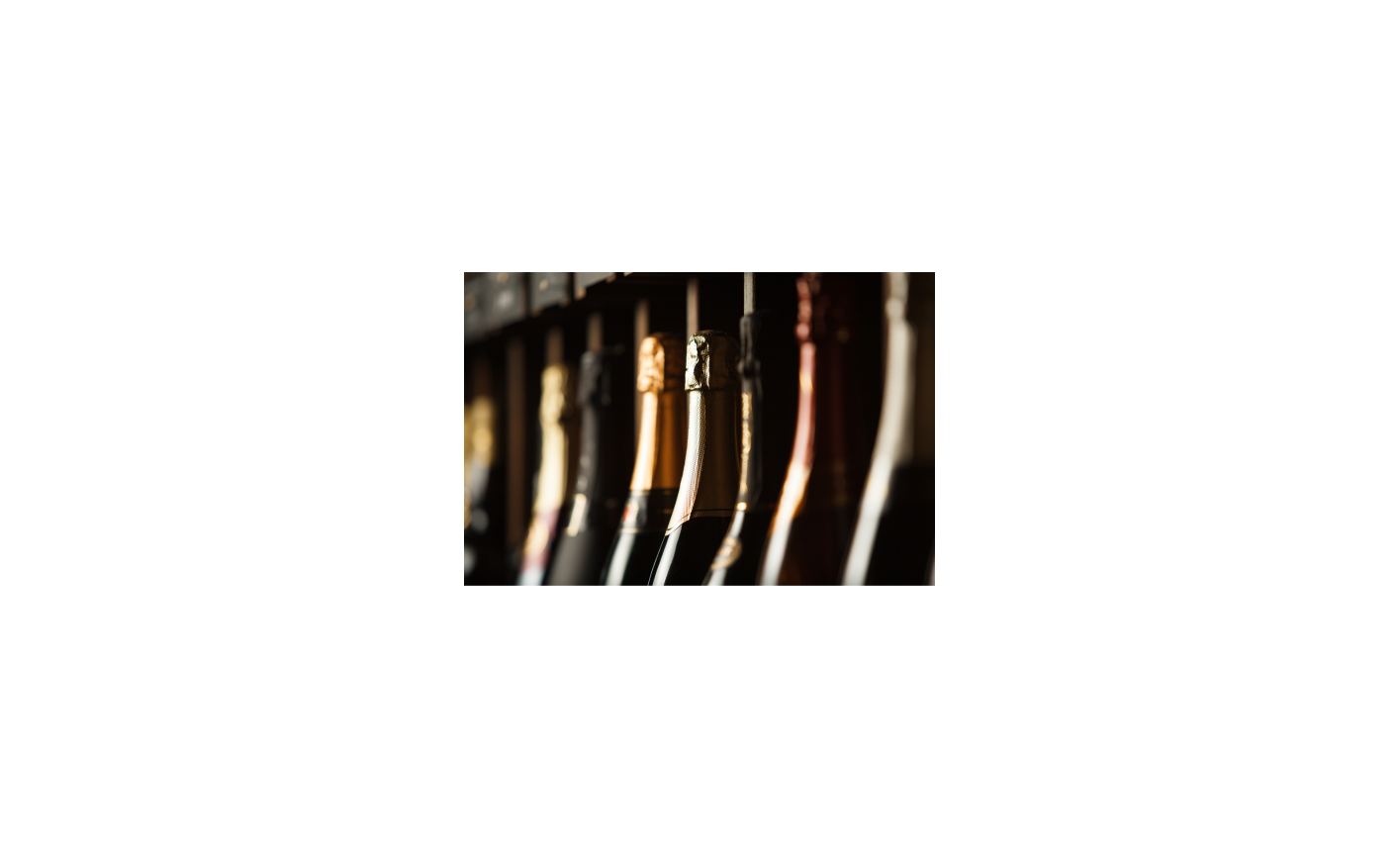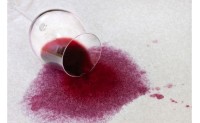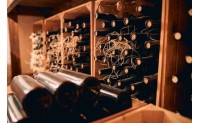
The Art of Patience: How Long Does Cava Last in the Bottle
In the fascinating world of sparkling wines, cava holds a special place. With its unparalleled effervescence and sophisticated flavor, cava is a beverage that evokes celebration and elegance with every bubble. However, an important question arises for cava lovers: how long does cava really last in the bottle?
The answer to this question is not as straightforward as a specific date because several factors influence the longevity of cava. The quality of the cava, the type of grapes used, the production method, and storage conditions all play a crucial role in determining how long a cava can be kept before enjoying it. Here are some general guidelines:
1. Types of Cava:
Cavas can be classified into different categories based on their aging time in the bottle:
-
Cava Joven (Young Cava): These cavas are ideal for consumption when young, typically within 1-2 years after purchase. Their freshness and fruitiness are their main characteristics, so there's no need to wait long to enjoy them.
-
Cava Reserva (Reserve Cava): Cavas in the "Reserva" category usually age in the bottle for at least 15 months. These sparkling wines have a greater aging potential and can be stored for 3-5 years or even longer, depending on storage conditions.
-
Cava Gran Reserva (Grand Reserve Cava): These cavas are the most noble and complex, aging for a minimum of 30 months in the bottle. Some Gran Reserva cavas can age for over a decade, evolving and improving with time.
.png)
2. Types of Grapes:
The type of grapes used in cava production also influences its longevity. Traditional varieties like Macabeo, Xarel·lo, and Parellada tend to age well, while red grapes like Pinot Noir or Trepat can add complexity in the short term but have a shorter maturation period.
3. Storage Conditions:
Proper storage is essential to ensure cava ages optimally. It should be stored horizontally, in a dark, cool place with consistent humidity. Extreme temperature fluctuations and exposure to light can accelerate aging and compromise the quality of the cava.
In summary, the duration of cava in the bottle varies depending on its category, grape varieties used, and storage conditions. Generally, Reserva and Gran Reserva cavas have a higher aging potential, while joven cavas are best consumed when young. Experiment with aging times and discover how your favorite cava evolves over the years.
Ultimately, enjoying cava at its optimal maturity is a pleasure that only patience can provide. So, the next time you uncork a bottle of cava, take your time to appreciate its evolution and unique flavor—it will be worth every minute of waiting!
Cheers, and let's toast to the art of enjoying a fine cava.


